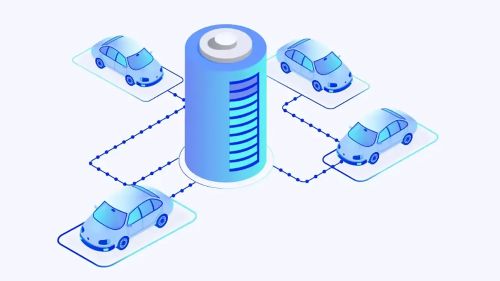


Understanding the Difference Between Charge Point Operators (CPOs) and Electro Mobility Service Providers (EMSPs)
Understanding the Roles of CPOs and EMSPs in the EV Charging Ecosystem
As a professional EV charger manufacturer in China, Topper Company provides dependable electric vehicle charging station equipment and comprehensive charging solutions.The rise of electric vehicles (EVs) is transforming the transportation and energy sectors. As this shift accelerates, two key players have emerged in the EV charging landscape: Charge Point Operators (CPOs) and Electro Mobility Service Providers (EMSPs). Though their roles are closely linked, they serve distinct functions. Understanding the difference is essential for drivers, businesses, and stakeholders navigating the world of eMobility.
A Charge Point Operator is responsible for the physical infrastructure of EV charging. CPOs install, operate, and maintain charging stations. Their work ensures that stations are safe, functional, and efficient.
Core responsibilities include:
Site Selection & Installation: Choosing locations and setting up chargers.
Hardware Maintenance: Conducting regular upkeep and troubleshooting.
Energy Management: Monitoring energy use and incorporating renewables when possible.
System Integration: Linking chargers to networks and backend platforms.
In short, CPOs provide the technical backbone of EV charging, ensuring that infrastructure is available and reliable.
EMSPs provide the digital services that connect drivers with charging stations. They focus on the user experience, offering platforms (usually apps or websites) that allow EV owners to find, access, and pay for charging.
Typical EMSP features include:
Station Locator Tools: Helping drivers find nearby chargers and check real-time availability.
Session Management: Enabling users to start, monitor, and stop charging sessions.
Payment Systems: Supporting transactions through credit cards, mobile wallets, or subscriptions.
Customer Support: Assisting users with questions or technical issues.
While CPOs build the infrastructure, EMSPs make it usable and accessible for the public.
| Aspect | CPO | EMSP |
|---|---|---|
| Focus | Physical infrastructure and operations | User access and digital services |
| Main Role | Builds, maintains, and manages charging stations | Connects drivers to stations via apps/web portals |
| User Interaction | Mostly indirect | Direct through customer-facing platforms |
| Services | Hardware setup, repairs, network integration | Station search, payments, customer service |
Yes. Some companies operate as both CPO and EMSP to offer a fully integrated experience. They not only manage charging stations but also provide digital platforms for users. This dual role allows for seamless service delivery, better customer engagement, and brand loyalty.
CPOs and EMSPs are two sides of the same coin in the EV charging ecosystem. CPOs ensure that the hardware works, while EMSPs make charging accessible and user-friendly. As the EV industry continues to grow, the collaboration—or integration—of these roles will be vital in building a scalable and efficient charging network.Know more about Google SEO Directory
